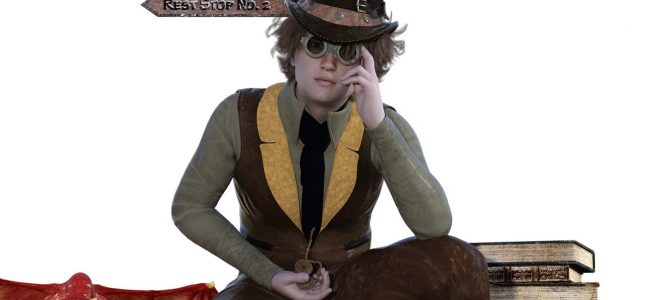Fantasy is a popular genre with students of all ages because of its magical aspects, crazy or astonishing characters, and strange settings. Kids are often familiar with this genre because many classical fantasy stories have been made into movies.
Most popular categories:
- Articulate animal stories: animals that talk but retain some of its animal characteristics.
- Toys that come alive: stories told from the toy’s point of view.
- Exaggerated characters and situations: stories appeal to the child’s sense of humor.
- Strange and curious worlds: stories take place in worlds that are believable and authentic no matter how improbable events become. The world must have its own consistent laws and limits.
- Little or huge people: stories feature little or big characters who live in a well-developed world of their own. Story told from their point of view.
- Time warp: stories encompass travels back in time and into the future.
To begin a unit on fantasy, brainstorm with students to learn what fantasy stories they already know. They can think about them (books or films) in order to categorize them and identify the special characters, the weird settings and the strange objects the story may have.
They can also pick a character from a known story and fill out a chart like the one below:
| Charlie | Mr. Willy Wonka |
| Appearance: Small boy, skeleton, thin face | Appearance: Little man, black top hat, plum-colored tail coat |
| Actions: sleeps with parents walks past the factory on way and from school loves chocolates walks slowly listens to grandparents stories | Actions: quick little movements skipping dance-turned right, turned left, he turned right again |
| Speech: Oh, it’s wonderful! | Speech: Welcome my little friends! Welcome to the factory! Please, go in! |
| Thoughts: Make changes to life to save energy | Thoughts: Loves factory Thinking of future factory |
| What others say: He’s a fine fellow He’s beginning to look like a skeleton why hasn’t he got a coat on? | What other say: He’s crazy! He’s nutty! He’s off his rocker! |
Guiding outline to help students write their own fantasy story
An effective way to help students see the whole structure of this genre is to have them write their own fantasy. After they have completed the outline, students can write their first draft. They may wish to get feedback from their peers and then they can continue revising for meaning and fantasy elements.
Outline
- Decide where to begin your story: in the real world or the fantasy world.
- Decide at least four characters for your story:
a)the main character
b)one supporting character
c)two flat characters
d)one fantasy character - Design a character map for your main character
- Design a setting chart for the settings in both worlds
- Decide on the problem of the character
- Decide how the main character will move to the fantasy world
- Decide which motifs to include in your story
- Decide the outline for your fantasy story:
a) Beginning: characters, setting (real world and fantasy world), and the main character’s problem
b) Middle: the initiating event and subsequent events-when and how to move the main character into the fantasy world- the motifs that you will use
c) End: how the problem of the main character will be resolved and how your fantasy will end.

